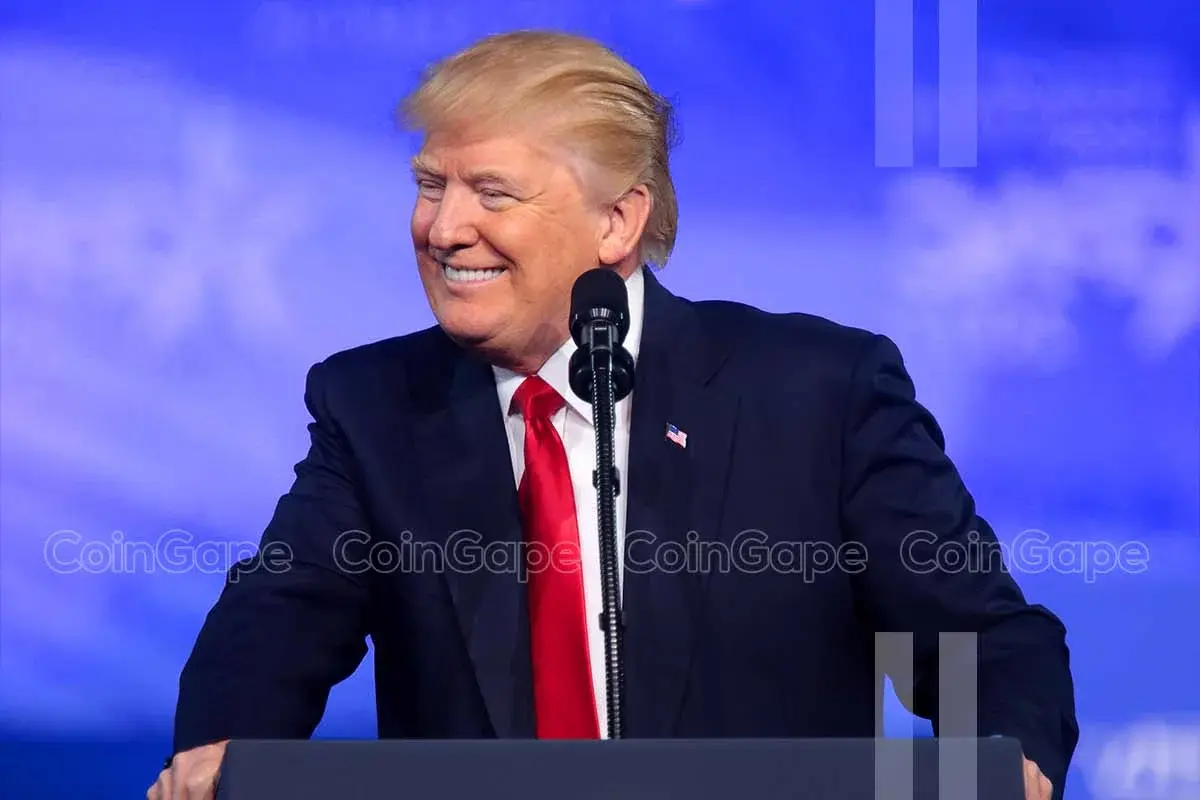These days, we are seeing a lot of family office investments. In that context, has the nature of investment changed? Are there any new trends or additions that we are observing recently?Even in the public markets, you see the participation of domestic investors increasing. For example, despite FIIs reducing their inflow, the market is still going higher. One reason behind this is that local DIIs are increasing their allocation, and retail participation is also getting higher. Similarly, in the public market, the percentage of foreign investors is reducing, while the percentage of domestic investors, both institutional and retail, is increasing. You see a similar trend in the private market asset class as well. The participation of domestic capital has increased compared to foreign capital. If you look back ten years, most investors were foreign, and their limited partners were also foreign. This has changed now because family offices in India have become very sizable. The number of family offices beyond a particular area has increased significantly. As a result, family office participation in the private market asset class has grown. This is happening in two ways: directly in the companies and through venture capital funds. For instance, companies like OYO have raised large amounts of secondary funding through family offices, which was difficult to imagine earlier. Read: Investment in AI Start-Ups Surges to $24 Billion in Second Quarter: ReportAdditionally, many venture capital funds now have limited partners from Indian family offices, whereas they used to raise most of their money from outside India. This trend of increased family office participation in the private market has definitely changed over the last five to six years. 2021 was a record year for Indian start-ups, with around $42 billion raised. How are we doing now in comparison?2021 was a peak year. Funding last year was down nearly 70 percent from that peak. People don’t expect it to reach 2021 levels soon. This year’s average is expected to be better than last year’s, which was the slowest. It won’t be as good as 2021, but somewhere in between. For instance, in 2021, there were over 42 new unicorns, compared to just two last year and three in the first half of this year. While it’s a higher rate than last year, it’s unlikely to reach 2021’s levels anytime soon. When it comes to VC funding, are there any specific trends emerging, such as partial exits or early exits? In VC funding trends, there’s a growing focus on exits as many funds reach maturity. Bangalore remains the top city for funding, followed by Hyderabad. In terms of sectors, retail consumer platforms like Flipkart and direct-to-consumer brands such as Foxtail are receiving significant funding. Fintech continues to be strong, with companies like Cred attracting attention. Emerging sectors like electric vehicles are also gaining momentum, supported by government initiatives. Niche areas like AI are seeing interest, although India has fewer infrastructure companies compared to the US. These are the sectors that saw the most VC interest. In terms of start-up funding, is there any particular stage that has gained momentum?The early stage has seen a revival over the past two quarters. Both sequentially and year-on-year, early-stage funding has increased. According to investors, there’s a noticeable uptick in activity and deal-making at this stage. In contrast, late-stage funding was severely impacted, with a decline of over 70 per cent; this has now been reduced to around 20 per cent. While the gap remains, there are expectations of acceleration in the second half. Notably, major funds like SoftBank were notably inactive last year but have signaled a return to investment activity starting in the latter half of 2024. This shift is anticipated to bolster activity in late-stage funding and improve overall investment numbers going forward. This recovery is mirrored by the emergence of three new unicorns in the first half of this year, contrasting with no new additions in the second half of 2023 and highlighting a higher current rate of unicorn creation.
sekar nallalu Corporate,Cryptocurrency Homecoming of Indian Start-Ups: Tracxn’s co-founder, Neha Singh, Explains the Trend
Related Posts
Ethereum (ETH) and Toncoin (TON) Whales Are Secretly Stockpiling This Token With 11x Growth Potential
Many Ethereum and Toncoin whales are turning to Intel Markets (INTL), a rising presale star. This project has the potential[...]
Anthony Scaramucci Reveals Reasons Why Donald Trump Will Dro…
Anthony Scaramucci, a pro-Bitcoin entrepreneur, reiterated his prediction that Donald Trump will eventually drop out of the 2024 presidential race[...]
Elon Musk wants to bring Dogecoin back to Tesla online store
Dogecoin, which Tesla CEO Elon Musk called his “fav cryptocurrency” back in 2019, could be making a comeback as a[...]


